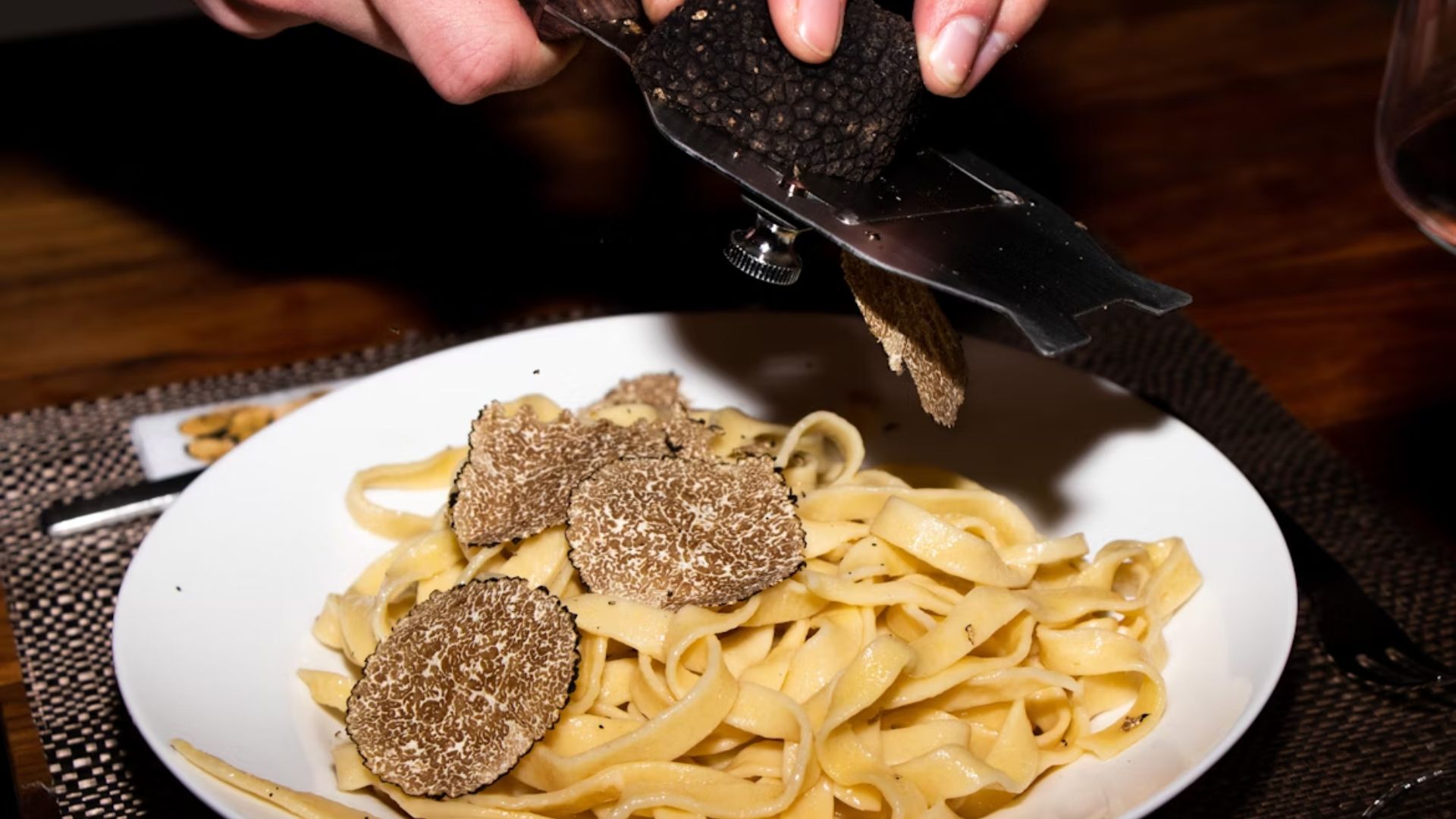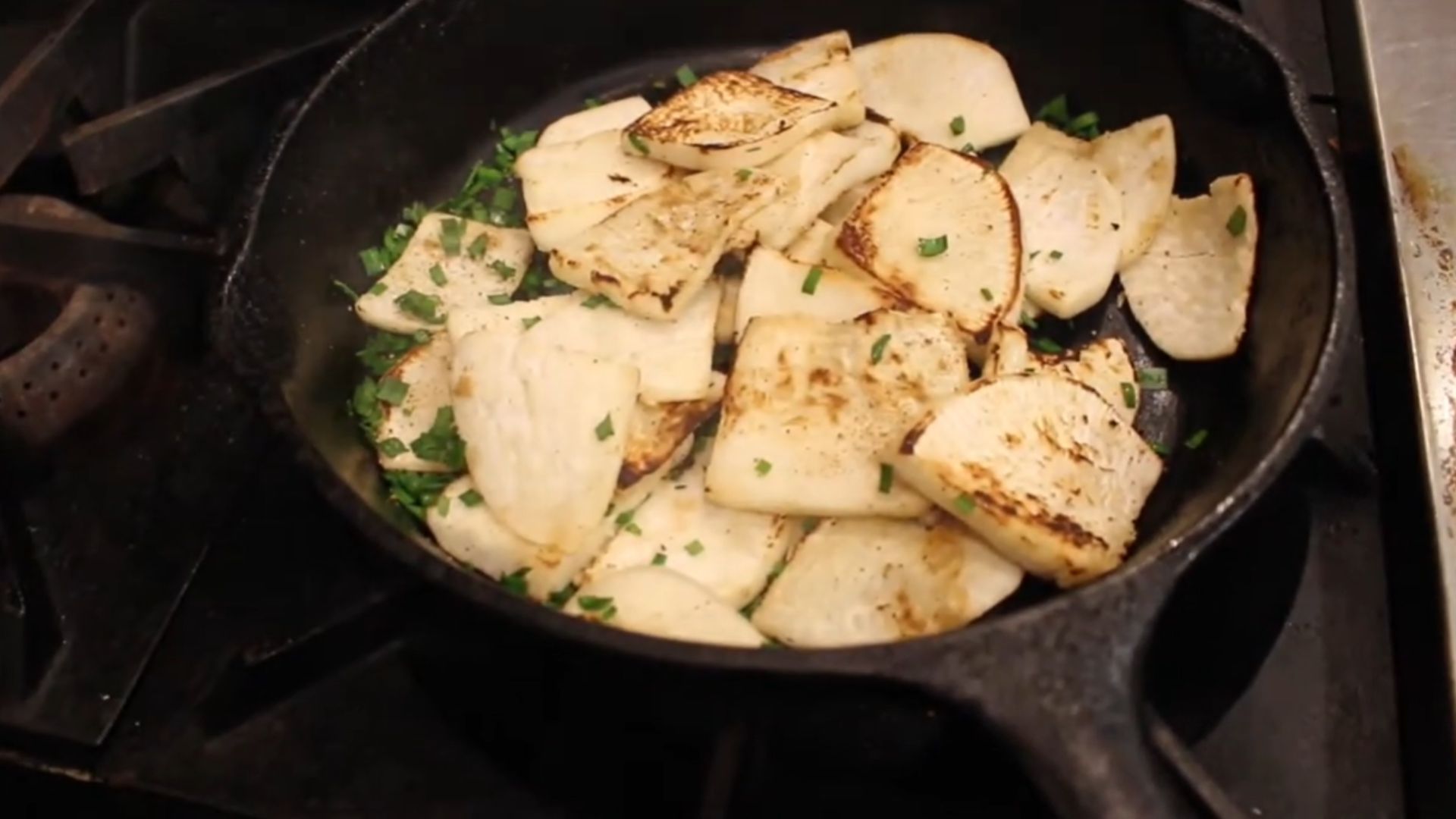The Funky Side Of Delicious
Not every tasty food comes with a pleasant aroma. In fact, some of the world’s best dishes make you pause before the first bite because the smell doesn’t exactly scream “eat me.” Sometimes it’s a sharp tang, other times it’s a deep funk that takes over the room. But here’s the twist: once you taste them, the flavors completely flip your expectations. So, here are 20 foods that will absolutely win you over once they hit your taste buds.
1. Boiled Eggs
The sulfurous scent of boiled eggs can be off-putting, yet their benefits are remarkable. Packed with lutein and zeaxanthin, they safeguard your eyes against aging. Each egg also delivers choline to fuel brain power and protein to preserve muscle tone and vitality.
2. Tuna Fish
Tuna carries a scent that can overwhelm the senses, though its benefits quickly outweigh the aroma. Rich in omega-3s and protein, it earns its place as a global favorite. Moreover, mercury makes moderation important, and its adaptability—from elegant sushi to hearty sandwiches—secures its culinary fame.
3. Cooked Cabbage
Part of the cruciferous vegetable family, cabbage releases characteristic sulfur compounds during cooking. This nutrient-rich vegetable delivers substantial vitamins C and K, qualities that helped sustain its cultivation from ancient Greek and Roman times through 2,500 years of history.
4. Blue Cheese
Strong, earthy scents often announce blue cheese before it reaches the table. That aroma signals the presence of Penicillium mold, the very thing that creates its blue-green marbling. Beyond flavor, this storied cheese also contributes calcium and protein to any meal.
 Photo By: Kaboompics.com on Pexels
Photo By: Kaboompics.com on Pexels
5. Durian
In Southeast Asia, where durian proudly wears its crown as "king of fruits," this vitamin C and potassium-rich delicacy sparks fierce cultural debates. While its powerful aroma leads to hotel and transit bans across Asia, durian's versatile flesh continues winning global fans through ice creams and curries alike.
6. Kimchi
That unmistakable tang hits your nose first, followed by a flavor punch that could only come from good old-fashioned fermentation magic. Korea's beloved kimchi transforms everyday veggies into a probiotic-packed powerhouse that keeps your gut doing a happy dance.
7. Natto
Sticky strands and a pungent scent make natto one of Japan’s most divisive foods. Beneath its unusual texture lies remarkable nutrition, offering vitamin K2 to strengthen bones and nattokinase to support heart health. It’s a dish where bold aroma hides incredible benefits.
8. Garlic
Garlic’s unmistakable aroma has divided diners for centuries. Ancient Egyptians prized it as both food and medicine, unknowingly tapping into allicin’s potency. Today, when crushed or chopped, garlic activates compounds that bolster immune defenses and help maintain steady blood pressure.
9. Fish Sauce
Through fermentation's ancient alchemy, fish and salt transform into a powerfully aromatic condiment brimming with umami complexity. This scientific process, perfected over two millennia since Roman times, has shaped Southeast Asian gastronomy, where fish sauce's savory depth defines iconic dishes like pad thai.
 Addilyn Ragsdill @clockworklemon.com on Unsplash
Addilyn Ragsdill @clockworklemon.com on Unsplash
10. Miso Soup
While Japanese breakfast tables come alive with steaming bowls of miso soup, this morning ritual carries centuries of artistry in every spoonful. The magical transformation begins with soybeans, patiently aged into miso paste for months or years, ultimately yielding both rich flavors and gut-friendly probiotics.
11. Cooked Onions
Few ingredients shift so dramatically as onions. Raw, their sulfur compounds bring tears and a strong scent; cooked, those same compounds melt into mellow sweetness. Ancient Egyptians once revered them, and modern kitchens celebrate their flavor along with the antioxidants and vitamins they carry.
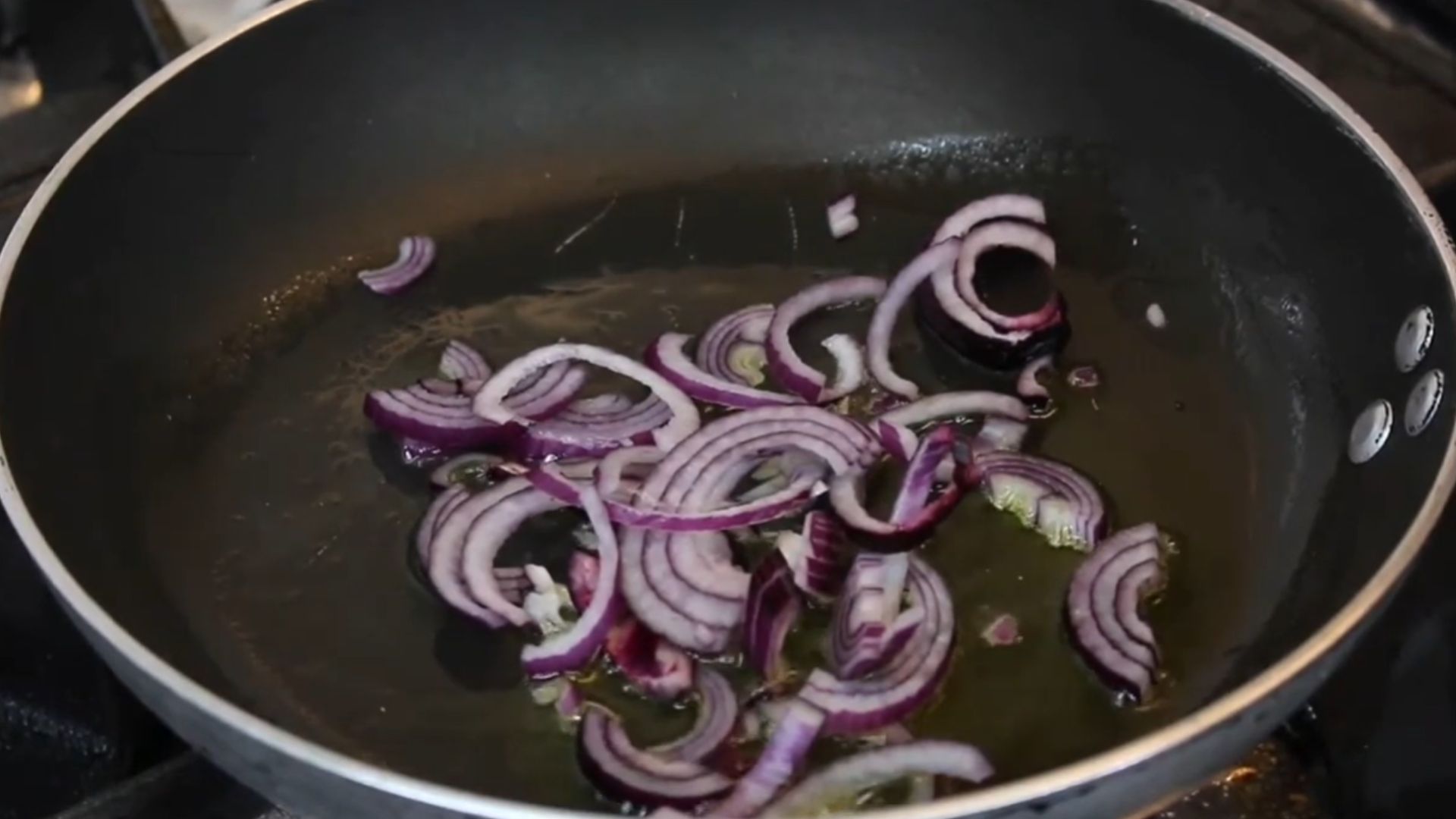 Onion Fry Cooking | Non Copyright Free Video |Video#132 by NCV Footage Library
Onion Fry Cooking | Non Copyright Free Video |Video#132 by NCV Footage Library
12. Stinky Tofu
The name says it all—stinky tofu carries an aroma compared to garbage, a shock for newcomers. Fermentation is the secret, converting plain bean curd into a creamy, savory delight. Across Taiwan and China, this paradox of street food culture remains a beloved culinary tradition.
13. Cooked Brussels Sprouts
The reputation of Brussels sprouts often begins with their pungent aroma. Roasting changes the story, revealing layers of caramelized sweetness and nutty depth. Named after Belgium’s capital, these nutrient-rich gems bring both gourmet appeal and health benefits, offering vitamins K and C in every bite.
14. Truffles
Truffles arrive with an aroma that can seem overpowering, evoking damp earth and musk. Their taste tells a different story—shaved onto pasta or risotto, they unlock layers of deep, savory richness that chefs and diners regard as the pinnacle of indulgence.
15. Asparagus
Asparagus releases a grassy aroma during cooking that doesn’t appeal to everyone, though its taste brings delicate freshness. Once roasted or steamed, the stalks deliver tender sweetness with a hint of earthiness, all while supplying vitamins A, C, and K along with fiber.
16. Olives
Strong, fermented notes often greet anyone opening a jar of olives. That intensity softens into bold, satisfying flavors once tasted, making them a staple of countless dishes. Beyond culinary charm, olives provide monounsaturated fats and antioxidants that contribute to both wellness and long-standing tradition.
17. Horseradish
Horseradish announces itself with an acrid scent that stings the nose. Once tasted, its intense heat brings brightness and bite to traditional dishes. Served freshly grated or blended into condiments, it offers natural compounds that promote health benefits.
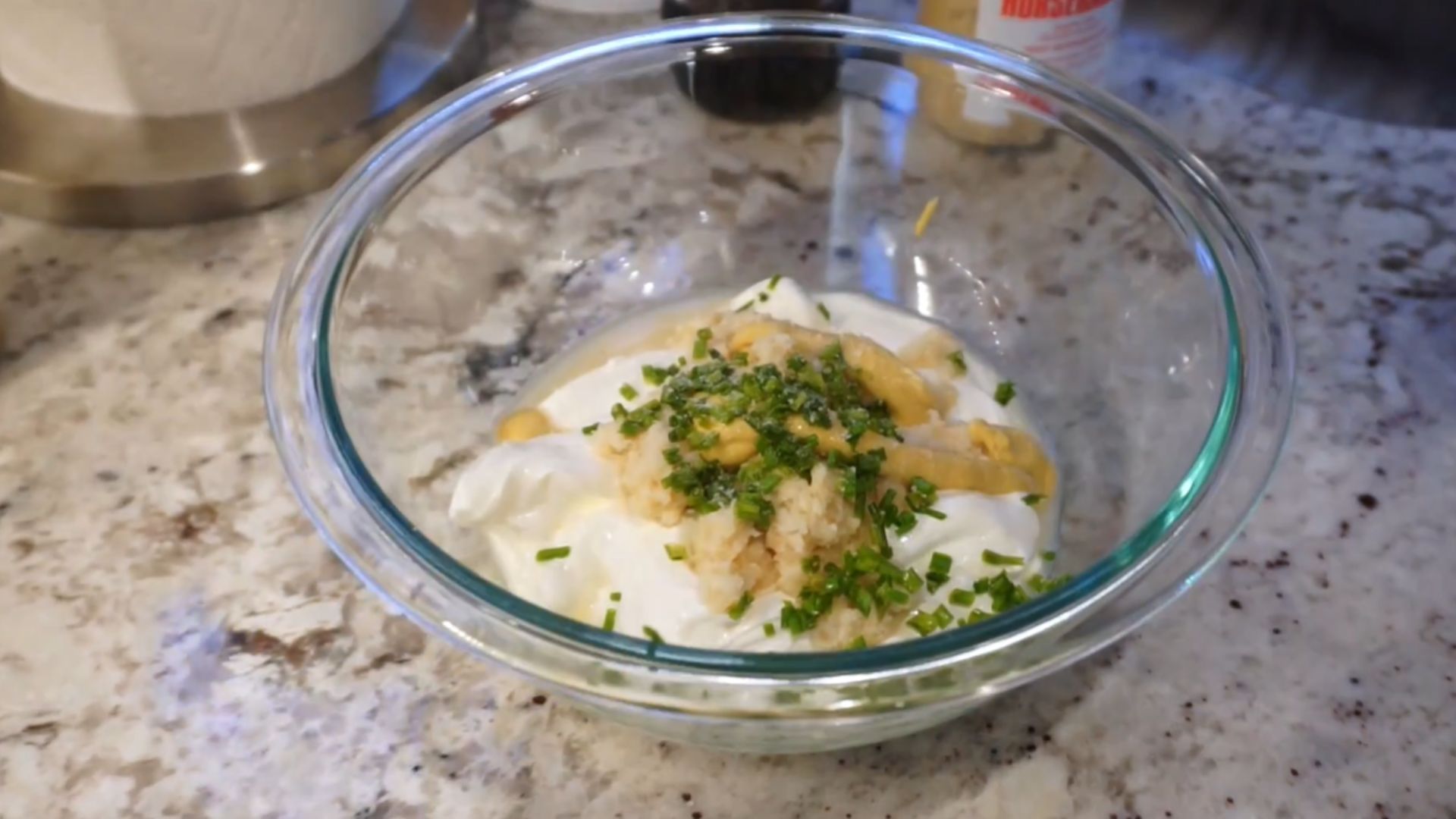 The Best Creamy Horseradish Sauce by Carolina Meats
The Best Creamy Horseradish Sauce by Carolina Meats
18. Fermented Black Beans
That mysterious umami depth in your favorite Chinese stir-fries often traces back to tiny dark pearls of concentrated savor. These potent flavor-builders are actually fermented soybeans converted with salt and spices, known as douchi.
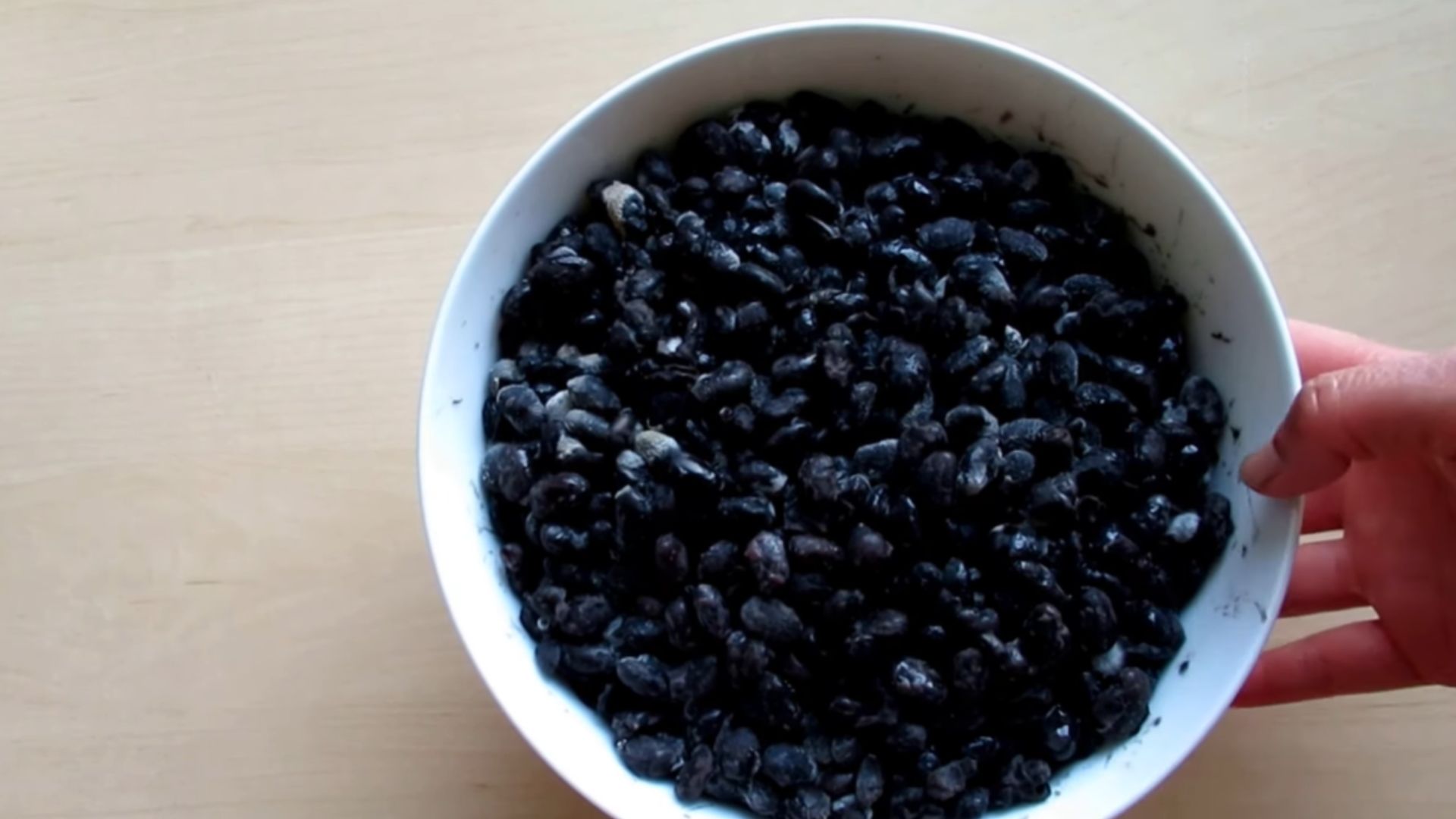 how to make fermented black bean ? by good synchronicity
how to make fermented black bean ? by good synchronicity
19. Liver (Beef Or Chicken)
The powerful aroma and bold flavor of liver make it one of the most polarizing foods, yet its nutritional density is extraordinary. Rich in iron and B vitamins, this organ meat also carries the caution of vitamin A excess, balancing immense value with complexity.
20. Turnips
Featuring an unmistakable earthy odor, turnips greet the senses before their flavor does, and not everyone finds it pleasant. Once cooked, though, that sharp aroma mellows into sweetness with a subtle peppery twist. Plus, roasted, mashed, or stewed, turnips reveal unexpected depth.
KEEP ON READING

How Microwaves Could Be Ruining Your Food

The Secret to Perfect Eggs Every Time

Is This Ancient Grain The Next Big Superfood?

The Protein Obsession: Is It Actually Healthy?














